NASA chooses 3 companies to design lunar rovers for Artemis astronauts
Recently, the US Space Agency, NASA, selected three private research groups led by Intuitive Machines, Lunar Outpost and Venturi Astrolab respectively - to develop versions of the Vehicle. Lunar Terrain Terrain (LTV), which Artemis Program astronauts will drive around the Moon's south pole in 2030.

'We look forward to the development of Artemis generation lunar exploration vehicles to help us advance what we learn on the Moon. These vehicles will greatly enhance our astronauts' ability to explore, explore, and conduct scientific research on the lunar surface,' said Vanessa Wyche, director of the Johnson Space Center (JSC). of NASA in Houston, said in a statement.
In the immediate future, each private research team led by Intuitive Machines, Lunar Outpost and Venturi Astrolab will develop its own Lunar Terrain Vehicle over the next 12 months, after which the vehicles will participate. participate in important demonstrations and tests, before Artemis 5 Program astronauts reach around the Moon's south pole in 2030.
NASA officials also wrote in a statement: 'NASA plans to award the award only to an outstanding supplier, after significant, extreme test demonstrations.'
The selected team will not only be responsible for building the Lunar Rover, but will also be responsible for helping take it to the Moon's south pole, and it will be the first American Lunar Vehicle since the Lunar Vehicle. Lunar rover, launched on the Apollo 15 mission in 1971.
To date, NASA has launched one Artemis Program mission - Artemis 1, which will send an Orion spacecraft to lunar orbit (and back) in late 2022. Artemis 2 is expected to launch four orbiting astronauts Moon in September 2025, and Artemis 3 will launch near the Moon's south pole a year later, if all goes according to plan. And NASA wants a Lunar Terrain Vehicle (LTV) on the Moon, so that the Artemis 5 crew will fly it around the Moon's south pole by 2030.
You should read it
- Here's your chance to design a NASA payload for a Roomba-sized moon rover
- NASA opens the entire library of photos, videos and audio for free, anyone can see
- NASA will prioritize the recruitment of experienced scientists in blockchain and cryptocurrency
- NASA's top secret inventions have just been revealed
- NASA launches new Sun tracking tool
- Why didn't NASA intend to return to the Moon?
- How to watch NASA and Russia launch a new crew to the ISS on Thursday
- NASA's Internet speed rumor reaches 91 Gb / s, is it true to download movies in 1 second?
May be interested
- Electrodynamic shield technology to deal with lunar dust
 interesting engineering page reported that the research team at nasa's kennedy space center (usa) is thinking of many creative methods to apply electrodynamic dust shield (esd) technology. one of the main application focuses is dealing with lunar dust.
interesting engineering page reported that the research team at nasa's kennedy space center (usa) is thinking of many creative methods to apply electrodynamic dust shield (esd) technology. one of the main application focuses is dealing with lunar dust. - What is a lunar eclipse? Lunar eclipse occurs when?
 the lunar eclipse is one of the most interesting astronomical phenomena taking place in the universe that humans can observe from earth. in the following article, we will learn more about this phenomenon.
the lunar eclipse is one of the most interesting astronomical phenomena taking place in the universe that humans can observe from earth. in the following article, we will learn more about this phenomenon. - NASA to launch fleet of tiny spacecraft to study monster sun storms
 our sun has a bit of a temper. nasa wants to know more about how our star's solar particle storms impact space and the astronauts and spacecraft we send out there.
our sun has a bit of a temper. nasa wants to know more about how our star's solar particle storms impact space and the astronauts and spacecraft we send out there. - How do astronauts drink coffee in space?
 just like us, astronauts working in space enjoy a cup of coffee every now and then.
just like us, astronauts working in space enjoy a cup of coffee every now and then. - 6 leading website design companies in Vietnam
 website design companies create websites that fully meet the needs of each customer.
website design companies create websites that fully meet the needs of each customer. - Admire the design of the most award winning NASA space design competition: Harmony, full of comfort, and safety
 people are still unable to set foot on mars but perhaps that scenario will soon become a reality, and we should even think about settling down on mars because it seems that nasa has begun to deploy it. preparation for human survival plan on the red planet.
people are still unable to set foot on mars but perhaps that scenario will soon become a reality, and we should even think about settling down on mars because it seems that nasa has begun to deploy it. preparation for human survival plan on the red planet. - Why does NASA want to set a time zone for the Moon?
 the us government tasked the space agency nasa with establishing a standard time zone for the moon, which will be called coordinated lunar time (clt).
the us government tasked the space agency nasa with establishing a standard time zone for the moon, which will be called coordinated lunar time (clt). - The Orion spacecraft successfully launched, beginning its journey to explore the Moon
 after many months of delay, sls - the most powerful rocket humanity has ever built has left the launch pad in florida, usa, carrying the orion spacecraft as part of the artemis i mission of the artemis program to bring humans to the moon again. 2025 and establish its first permanent presence here in the united states.
after many months of delay, sls - the most powerful rocket humanity has ever built has left the launch pad in florida, usa, carrying the orion spacecraft as part of the artemis i mission of the artemis program to bring humans to the moon again. 2025 and establish its first permanent presence here in the united states. - NASA admits the spaceship was flying as fast as a bullet hit by UFOs
 recently, nasa has confirmed the ufo could cause an unusual problem on the spacecraft lunar reconnaissance orbiter (lro) near 380,000 km from earth and is tracking the surface of the moon in october / 2014.
recently, nasa has confirmed the ufo could cause an unusual problem on the spacecraft lunar reconnaissance orbiter (lro) near 380,000 km from earth and is tracking the surface of the moon in october / 2014. - NASA took on the task of establishing standard time on the Moon
 on april 2, the us government directed the us aeronautics and space administration (nasa) to establish unified time standards for the moon and other celestial bodies, in the context of countries and private companies. everyone is intensifying the race to explore the universe.
on april 2, the us government directed the us aeronautics and space administration (nasa) to establish unified time standards for the moon and other celestial bodies, in the context of countries and private companies. everyone is intensifying the race to explore the universe.






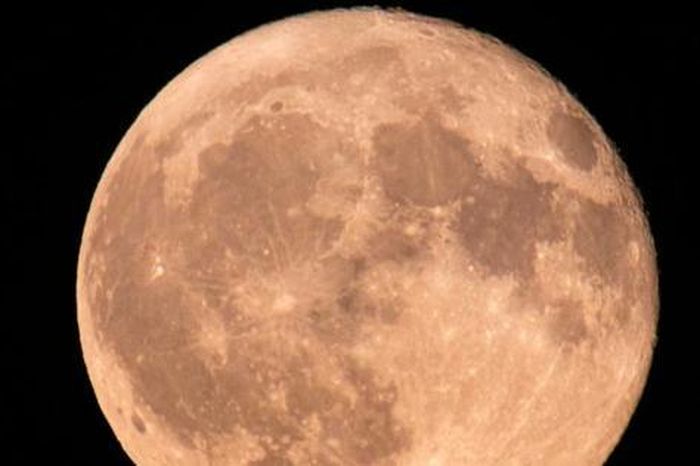


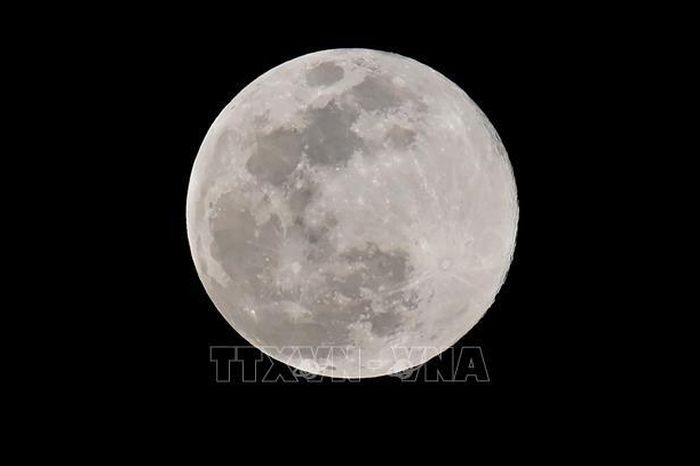
 NASA develops 'space sailboat' using solar energy
NASA develops 'space sailboat' using solar energy New Zealand strengthens cooperation with NASA to promote the space industry
New Zealand strengthens cooperation with NASA to promote the space industry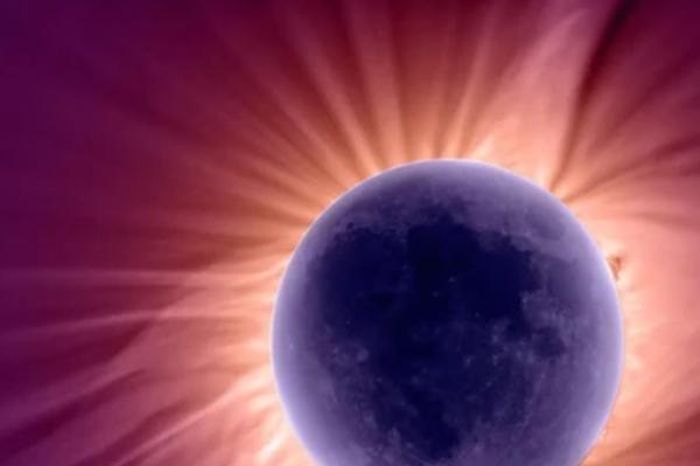 NASA is about to launch three rockets to penetrate the total solar eclipse on April 8
NASA is about to launch three rockets to penetrate the total solar eclipse on April 8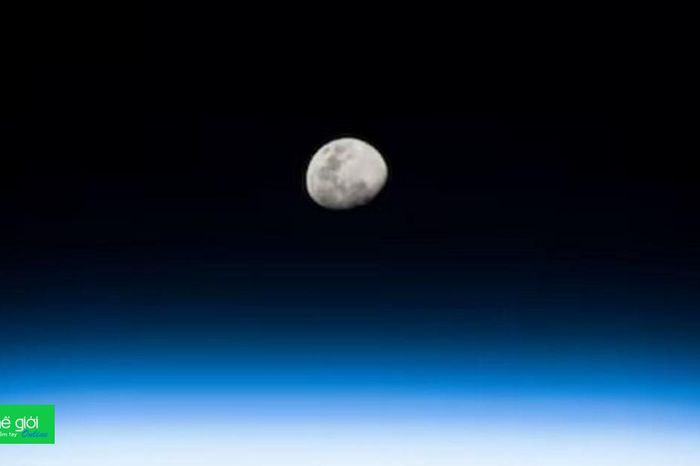 NASA sets standard time for the Moon
NASA sets standard time for the Moon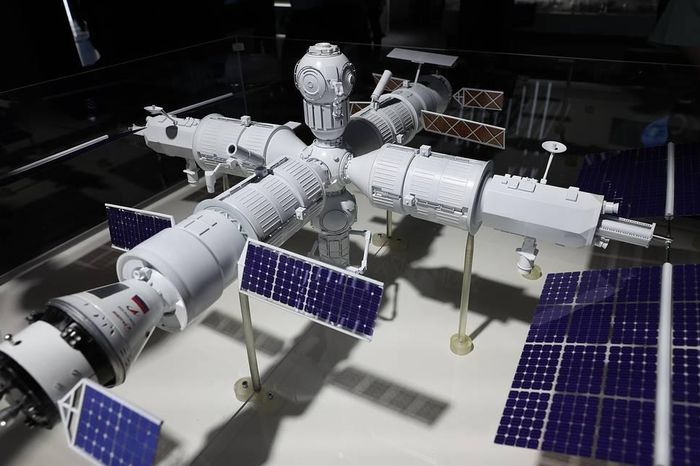 Revealing the design of Russia's future space station
Revealing the design of Russia's future space station